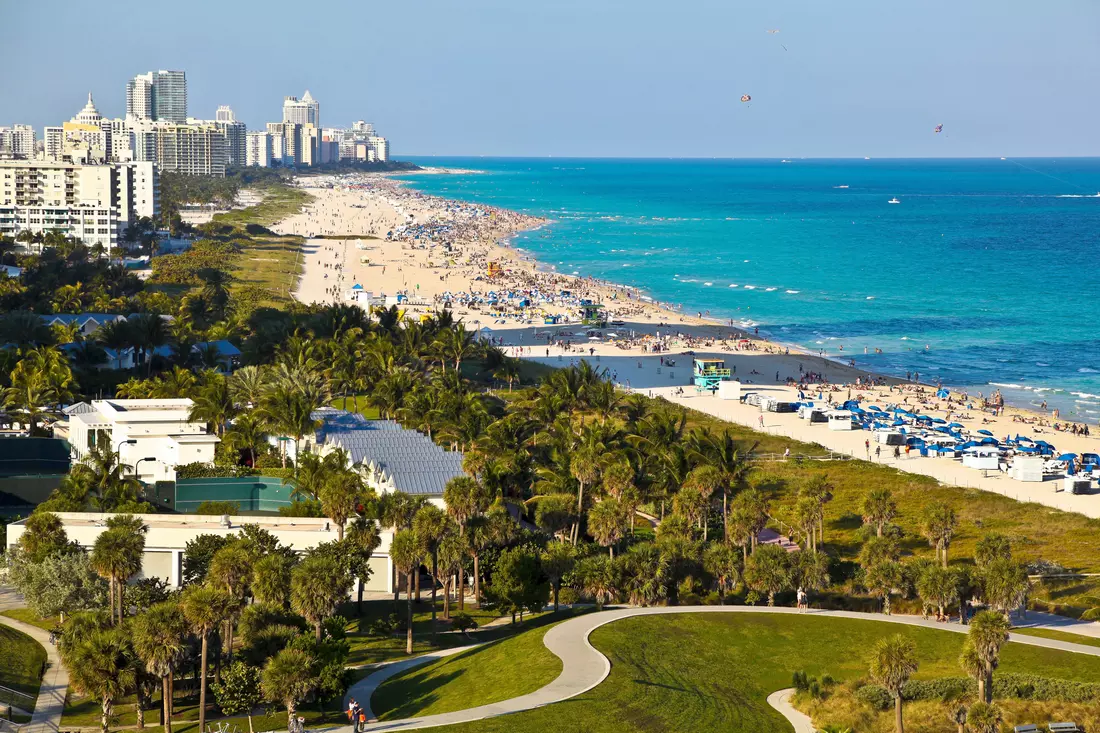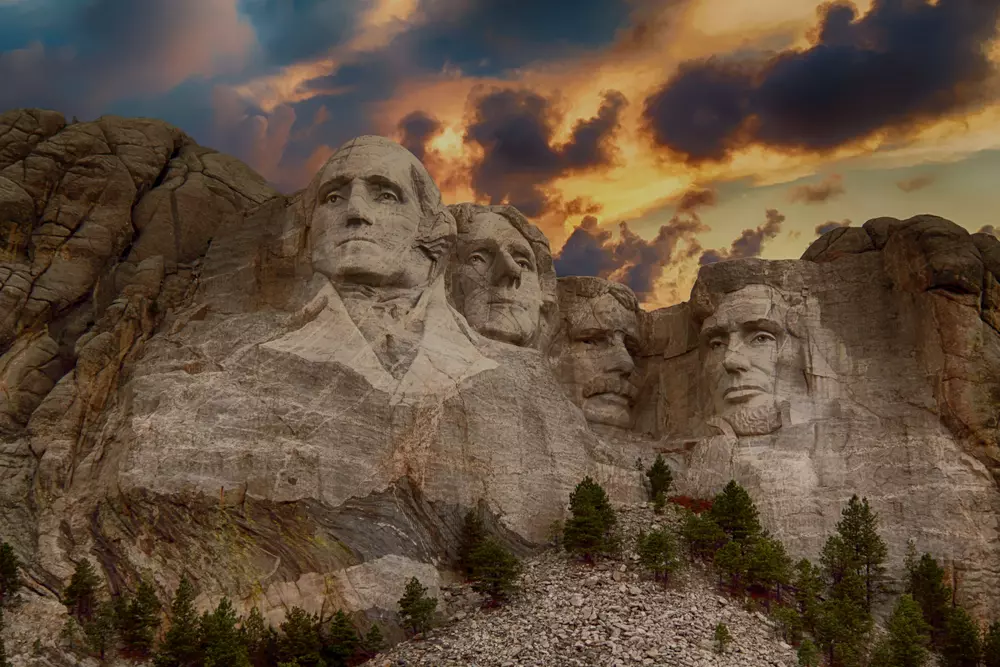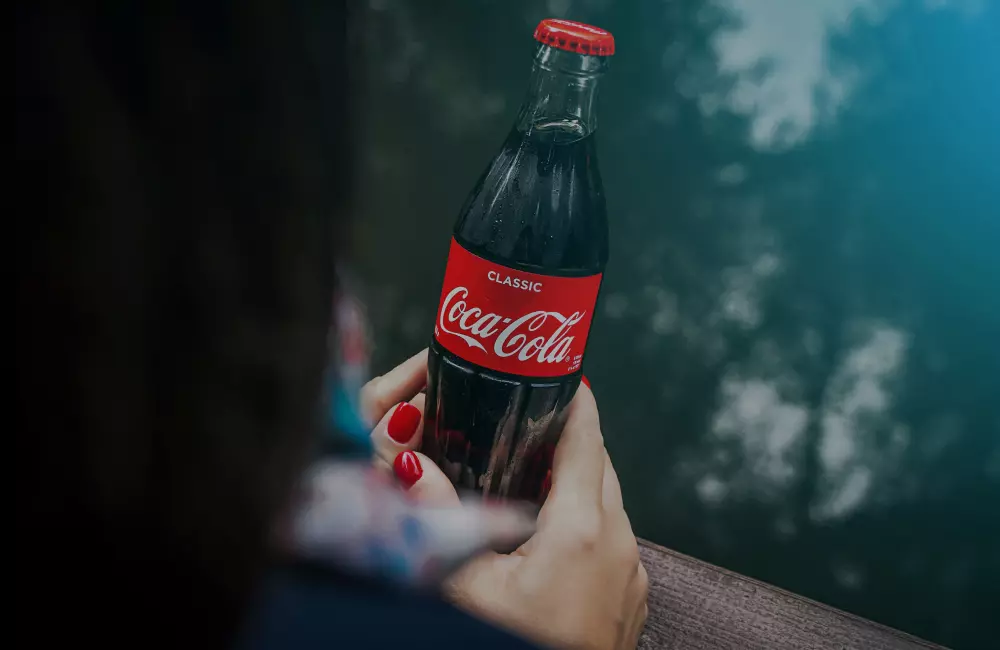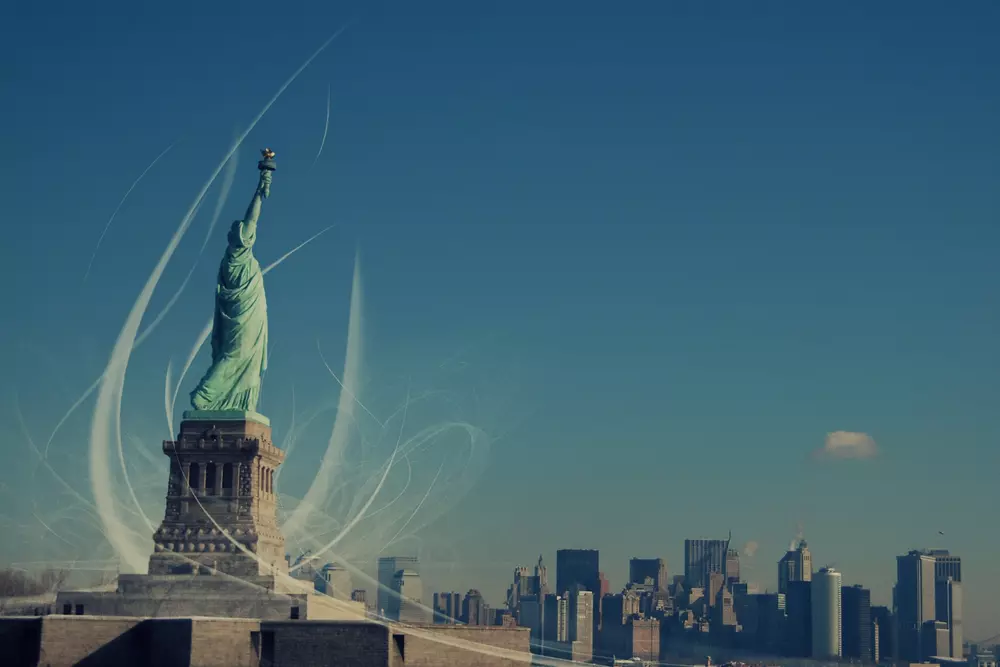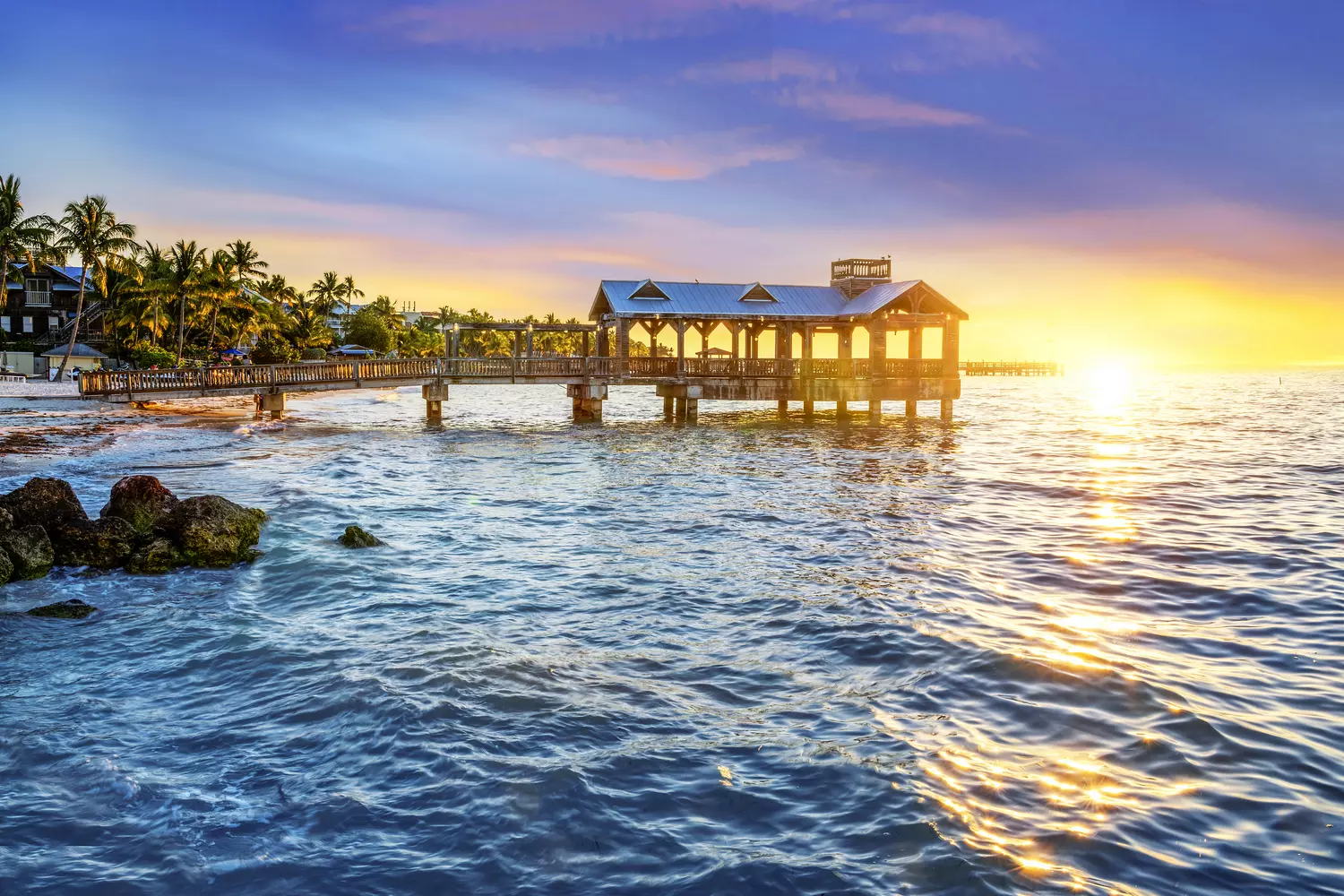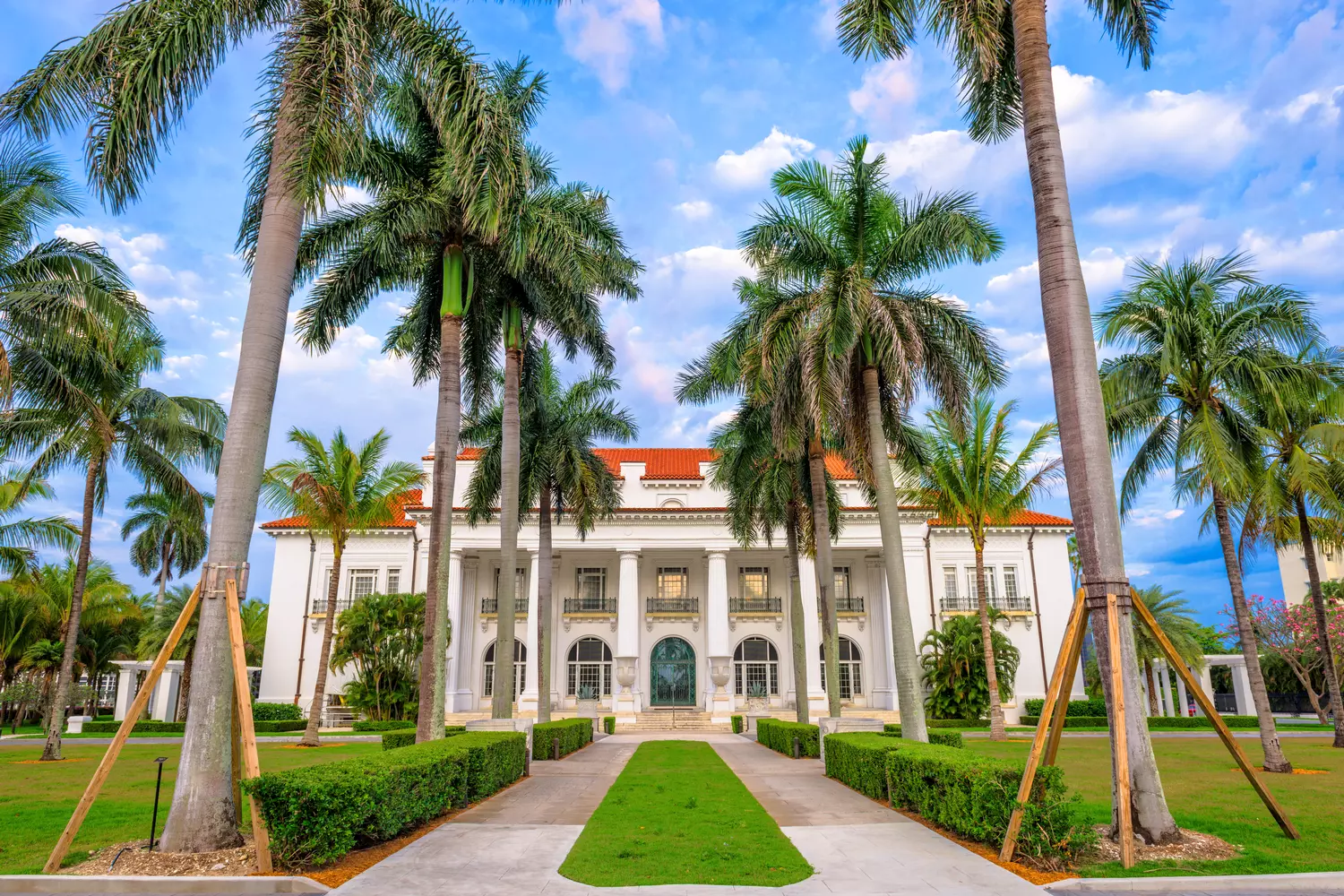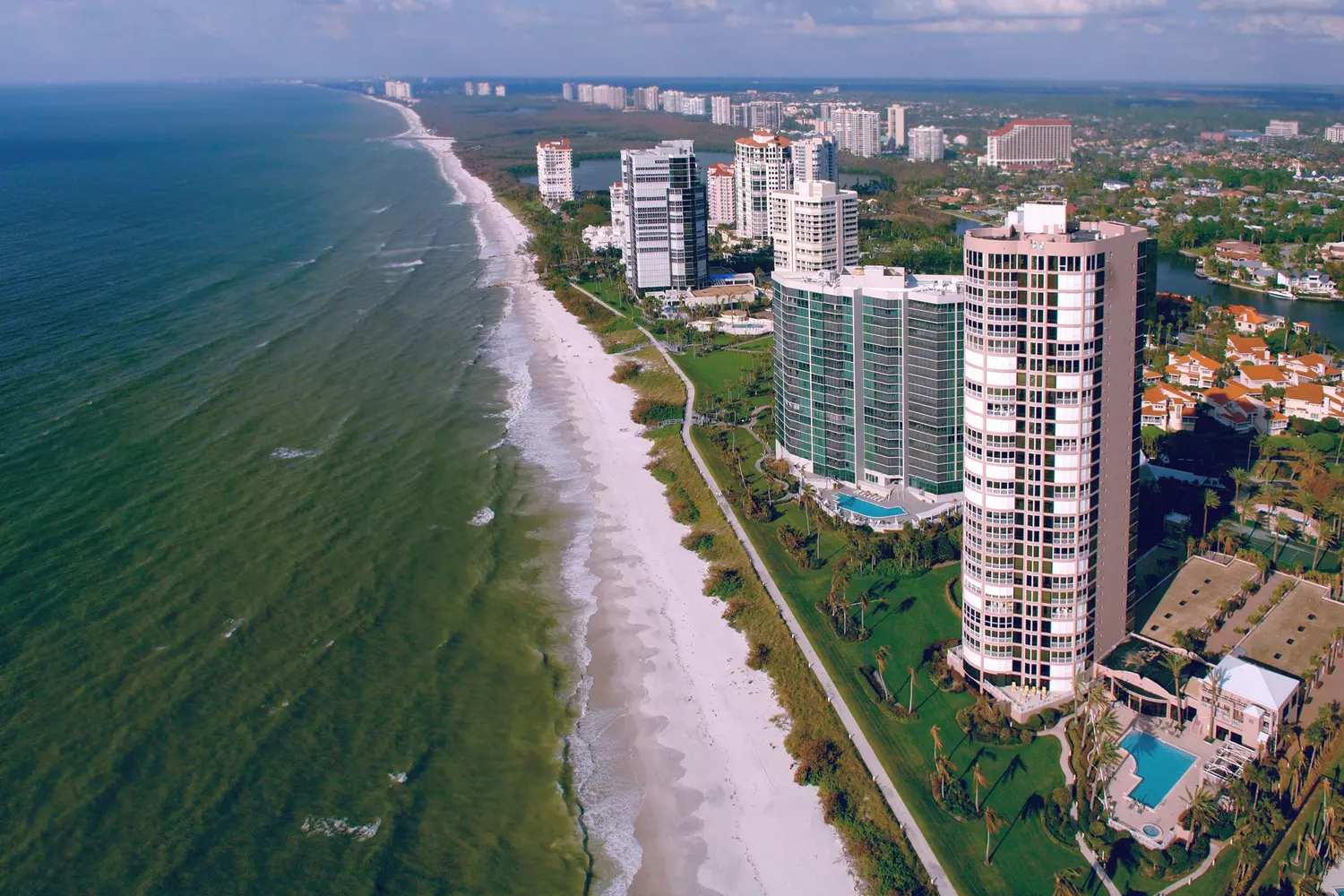Miami Beach today is a symbol of luxury, resort vacations, and leisurely strolls along the promenades. But few people realize that this island was once a wild, inaccessible, and unwanted patch of land. Lush mangrove thickets, shifting sand dunes, and the absence of roads and bridges made this place more of an obstacle than a prospect. However, there was a man who saw the future in this corner of Florida and set himself an ambitious goal — to connect it with the wider world.
This man was John Stiles Collins. In the early 20th century, he was just an elderly farmer, but his perseverance, daring decisions, and belief in his own vision turned his name into a part of history. He built the first bridge across Biscayne Bay — a grand structure for its time that became the catalyst for the development of Miami Beach. However, the path to success was thorny, full of setbacks, betrayal, and unexpected alliances.
Who was John Collins?
When John Collins first set foot on the shores of what would become Miami Beach, he was already over seventy. It's hard to believe, but it was at this age that he began one of the most ambitious projects of his life. Before that, his story was quite traditional for a man of his generation: he was born in 1837 in New Jersey, engaged in agriculture, trade, and real estate investments. Collins was not an adventurer or a dreamer; he was a pragmatist who knew how to work the land and do business.
In the late 19th century, Florida attracted investors from all over the East Coast. Land here was cheap, the climate allowed for the cultivation of exotic crops, and the tourism industry was just beginning to emerge. Collins could not miss such an opportunity. He acquired large tracts of land on a narrow sandy spit along the Atlantic Ocean with the sole purpose of growing coconuts. It seemed like it would be an easy business: coconut palms do not require complex care, the fruits sell at a good price, and the Florida climate is ideal for their cultivation. However, reality turned out to be much more complicated.
The main problem was that transporting the harvest from the island to the mainland was almost impossible. The fruits had to be loaded onto boats and taken across Biscayne Bay, which took too much time and effort. Moreover, Miami itself in those years was still a young city, and the infrastructure there was just beginning to develop. Collins understood that if he wanted to make his farm profitable, he needed to solve the transportation issue. That's how the idea of building a bridge was born.
The Problem: The Need to Connect Miami and the Island
It would seem that John Collins had a simple task — to build a bridge across Biscayne Bay to facilitate the transport of his harvest. However, in reality, this turned out to be an extremely complex engineering and financial problem. In the early 20th century, the island where he wanted to grow coconuts was practically isolated from the rest of the world. It could only be reached by boat, and any attempt to create a permanent connection was hampered by the lack of roads, shifting soil, and lack of funds.
The situation was exacerbated by the fact that at that time, no one seriously considered this piece of land as a place for development. Unlike Miami itself, which was already beginning to acquire infrastructure and attract the first tourists, the eastern spit seemed unpromising. Yes, there were beautiful beaches, but there were no roads, electricity, fresh water, or even decent housing. For most investors, the idea of building a bridge to this wild island seemed insane.
Collins, however, saw the situation differently. He understood that without a stable connection, his enterprise was doomed to failure. At his age, no one would have embarked on such a risky project, but he was ready to put everything on the line. His family's financial resources were limited, but he started work, hoping to complete the bridge with his own funds. However, it soon became clear that he did not have enough money — the bridge required far more investment than he could afford. At this stage, the project almost died, and the fate of Miami Beach could have turned out very differently if it had not been for the intervention of one man — Carl Fisher.
Building the Bridge
When Collins' money was nearly exhausted, a man appeared on his path who changed the entire history of the project. Carl Fisher, a successful entrepreneur from Indianapolis who made his fortune on automobile headlights, was looking for promising investments. Unlike many others, he saw the potential of the sandy spit off the coast of Miami and agreed to help. However, Fisher's help was not a gesture of goodwill; he saw the future bridge as the key to turning the island into an elite resort.
How John Collins' Bridge Was Built:
- Fisher invested $50,000 in the project in exchange for a share in Collins' land holdings. This allowed work to resume and avoid bankruptcy.
- The bridge stretched for 2.5 miles (almost 4 km), making it the longest wooden bridge in the world at that time. It was built from massive beams and piles driven into the bottom of the bay.
- Shifting soils, lack of equipment and labor — there were many problems. In the early 20th century, there were no similar projects in Florida, so they had to learn as they went.
- Collins originally built the bridge to transport agricultural products, but Fisher saw it as something more — an opportunity to connect the future resort to the mainland.
- In 1913, the bridge was officially opened to traffic. This was a turning point: now Miami Beach was not just a remote area, but a place that could be reached by land.
John Collins' bridge turned out to be not just an engineering achievement, but the very element that started the rapid development of Miami Beach. It changed the whole concept of using this land — from farmland, it turned into an elite recreation area. It is not surprising that soon the construction of new residential complexes and hotels began around the bridge, including the famous Venetian Islands, which were created as part of the resort project. These artificial islands, with their picturesque canals and exotic architecture, have become a real gem of Miami Beach.
How the Bridge Changed the Fate of Miami Beach
When the first car crossed John Collins' bridge in 1913, the island was still uninhabited. However, within a few years, it began to change rapidly. Now that it was easier to get there, entrepreneurs, builders, and the first vacationers flocked here. Carl Fisher did not waste time — he began promoting Miami Beach as a resort for the wealthy, investing money in hotels, roads, and landscaping.
What the Bridge Changed:
- Influx of investment. The bridge started a construction boom, turning wild lands into a promising resort.
- Development of infrastructure. The first hotels, restaurants, and streets appeared, including the famous Collins Avenue.
- The growing popularity of Miami Beach. Wealthy Americans were now coming here, attracted by the mild climate and proximity to the ocean.
- The end of agricultural plans. Farms on the island gave way to luxurious villas and hotels.
Despite all the successes, the wooden bridge proved not to be eternal. It required constant repairs, and with the increase in the number of cars, it became narrow and inconvenient. In 1925, it was replaced with a more durable concrete structure, and soon there was no trace of the original structure. However, the name of John Collins did not disappear — the main street of Miami Beach was named in his honor, and his bridge forever went down in the history of the city.
Collins died in 1928, having managed to see his idea turn into reality. He did not become a millionaire, but it was thanks to him that Miami Beach turned into the very sunny paradise that is known all over the world today.














